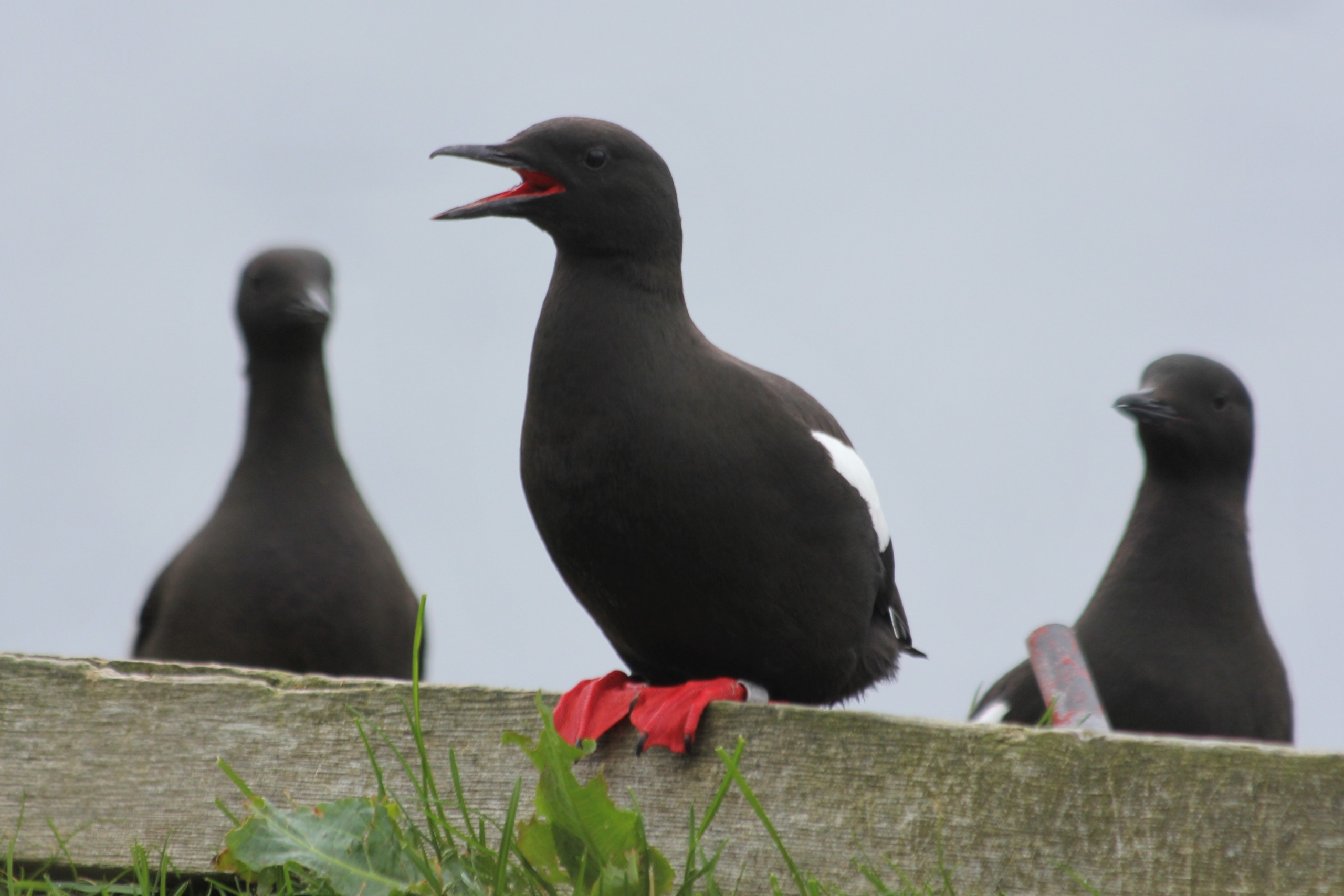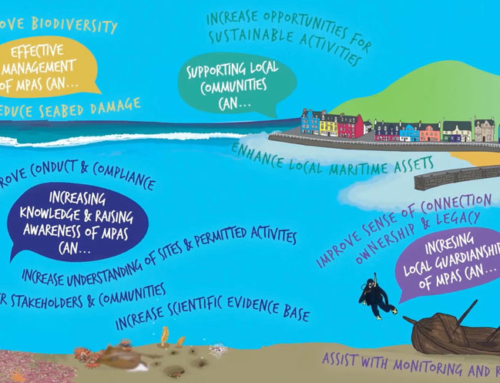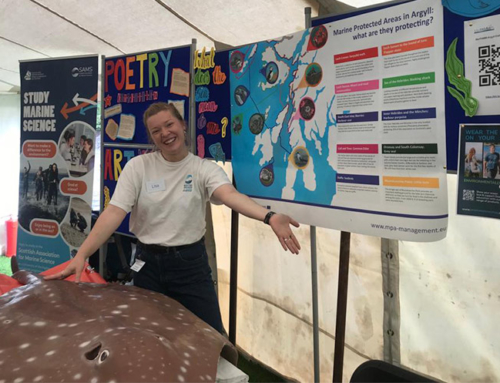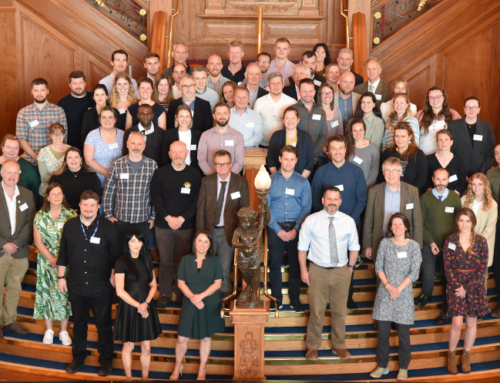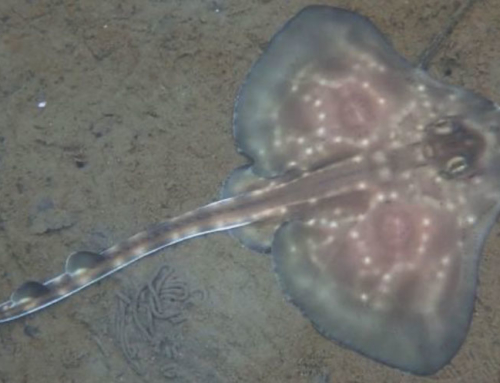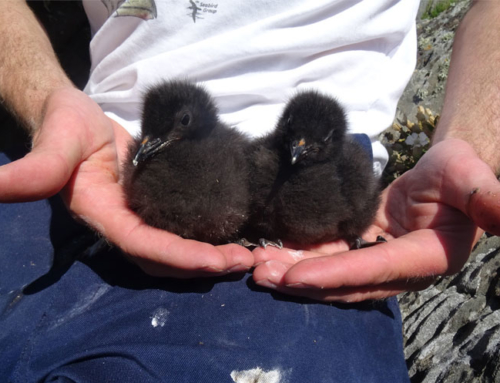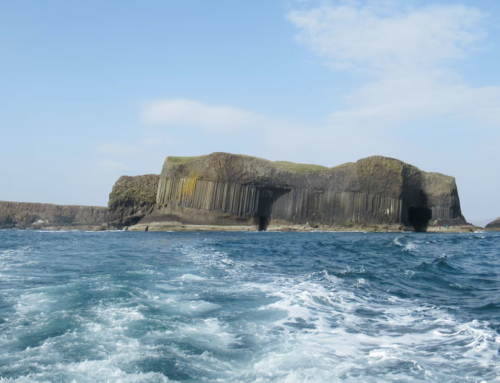A recent census suggests that black guillemots may be in decline in Northern Ireland. To protect a species effectively requires in-depth knowledge of their needs and pressures that for many species is not available. For black guillemots for example we still require a better understanding of their foraging ecology and habitats.
The MarPAMM project is planning to contribute new knowledge by tagging black guillemots with GPS and Time at Depth Recorders at Bangor Marina and Lighthouse Island, Copeland during the 2021 breeding season. The movements of these tagged birds during the chick feeding stage is likely to be between the nest and their feeding grounds, from where they can be seen to return to the nest site with single prey items in their beak. Black guillemots are a seafloor foraging species and their feeding habitat is therefore likely to be defined by environmental parameters such as depth, tides, sediment type, marine flora and availability of suitable prey like the butterfish.
This work was planned for the 2020 breeding season but had to be postponed due to the coronavirus-induced UK shutdown at the time.

